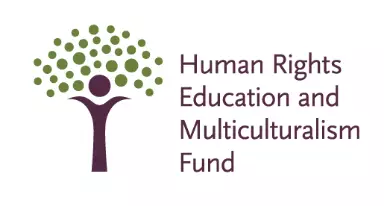
Donate to the Linda McKay-Panos Scholarship Fund

Donate to the Linda McKay-Panos Scholarship Fund


Sometimes, referring to others as “white” or self-identifying as “white,” may feel like we are reinforcing the problematic categories of “race” that we are trying to deconstruct. At the same time, we want to signal that we recognize that even as racial categories are a problematic social construct, racism, as well as the benefits that white-skinned individuals experience, are very real. The term “white privilege” (also referred to as white-skin privilege) can help us to unpack these systemic inequities. Put simply, white privileges are the unearned privileges that white individuals experience on a daily basis (often unconsciously) because they are not subjected to racism. These benefits are often “invisible” to white individuals because they feel like “a given,” like something that everyone experiences.
American scholar and activist Peggy McIntosh famously defines white privilege as:
“The unquestioned and unearned set of advantages, entitlements, benefits and choices bestowed upon people solely because they are white. Generally white people who experience such privilege do so without being conscious of it. (Racial Equity Tools, citing Peggy McIntosh, “White Privilege and Male Privilege: A Personal Account of Coming to See Correspondences Through Work in Women Studies”).
In 1988, Peggy McIntosh published an eye-opening piece on white privilege entitled “White Privilege: Unpacking the Invisible Knapsack.” This article was the first of its kind as it names, in very clear ways, 50 “invisible” privileges of being/appearing white. Many people of colour and Indigenous people (particularly those who do not “pass” as white) are acutely aware of these privileges—which they are denied on a daily basis; thus, the article also functions to give people of colour the language to name and understand their experiences as well.
Some of McIntosh’s examples of white privilege are as follows:
Since the publication of McIntosh’s piece in the 80s, the landscape of racial inequity has continued to shift and become more visible throughout North America, particularly following the activism spurred by the Black Lives Matter (BLM) movement in 2020. In this current racial climate, it appears that individuals are more inclined towards learning about racism and acting against it; it is our hope that this movement continues into the next decade, and not merely on superficial levels. Such deep inner and systemic work is not always easy and can be accompanied by uncomfortable feelings: oftentimes, guilt for white individuals or anger for racialized individuals. All feelings here are normal and safe to feel.
It is also worth mentioning that “[s]ocial justice activists and writers have built on Peggy McIntosh’s original essay … by adding to and modifying the original list to highlight how privilege is not merely about race or gender, but that it is a series of interrelated hierarchies and power dynamics that touch all facets of social life: race, class, gender, sexual orientation, religion, education, gender identity, age, physical ability, passing, etc.” (MediaSmarts. Forms of Privilege). For the purpose of this resource, however, we choose to to focus on the racial aspect of such inequities but we do believe that it is important to note the interdisciplinary nature of this topic.
↳ Click here to see our glossary definitions of White Fragility, Whiteness, White Privilege/White Skin Privilege and White Supremacy
Recommended Readings:




2500 University Drive NW
Calgary, AB T2N 1N4
(403) 220-2505
aclrc@ucalgary.ca